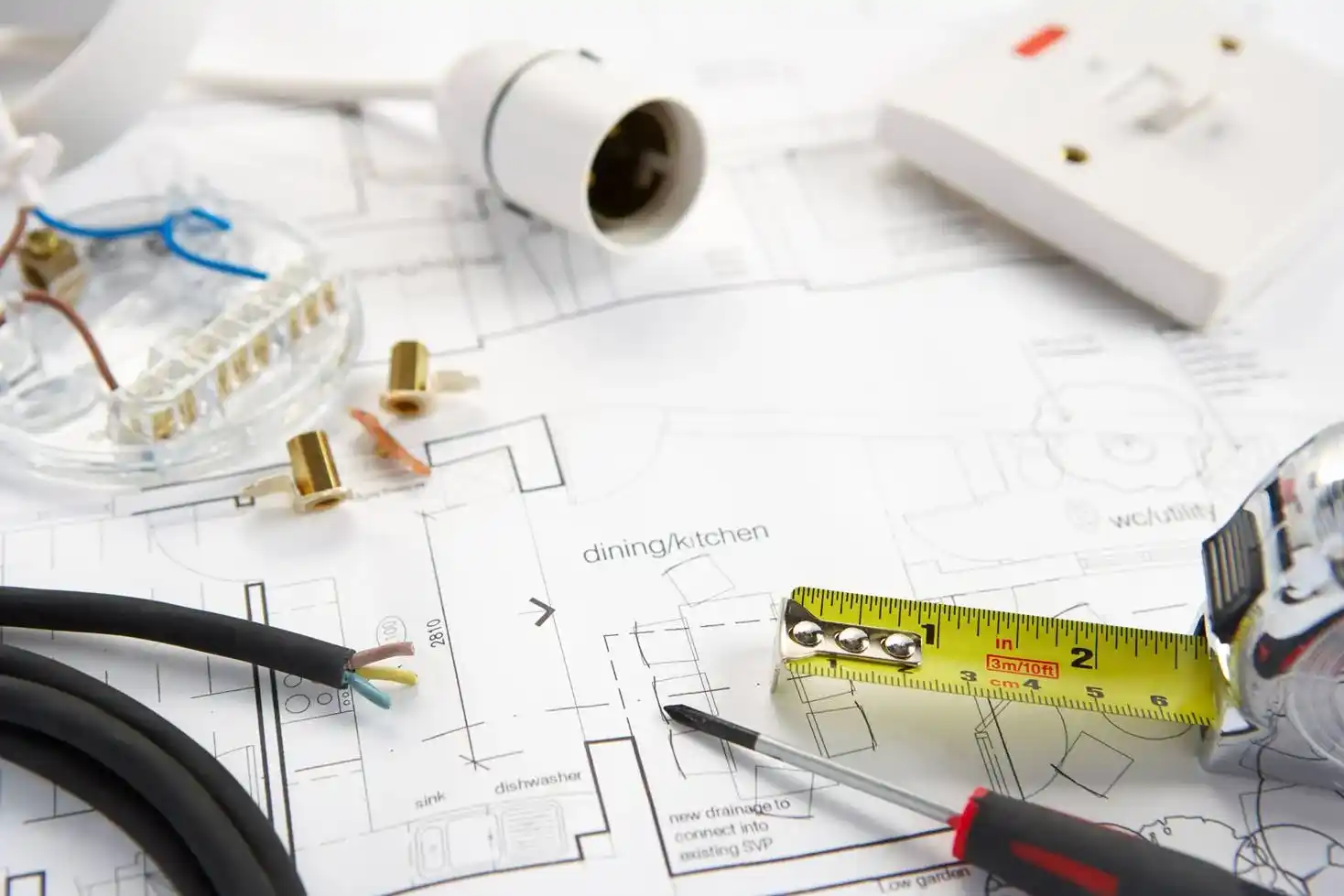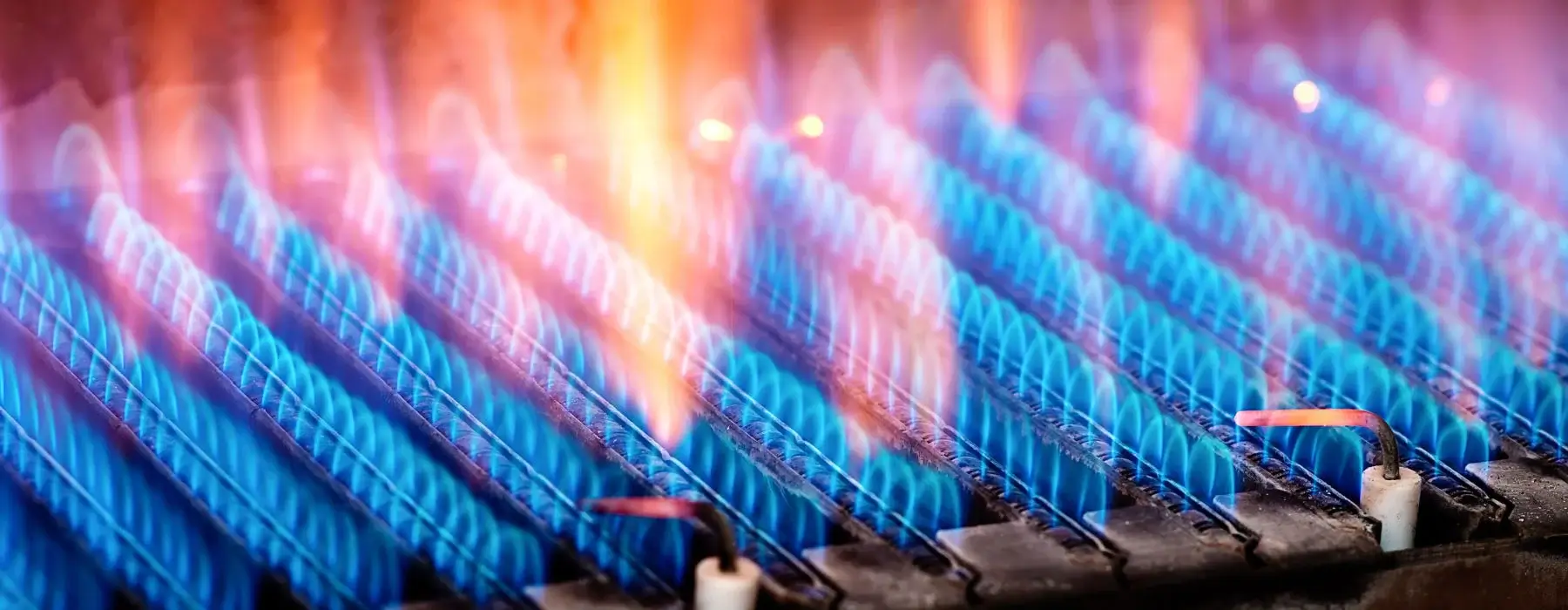Heat load calculation is a fundamental skill for HVAC designers and consultants. Consider that space cooling is among the highest energy expenses in buildings, especially during the summer. However, to properly size a space cooling system, first we must know the amount of heat that must be removed - this is precisely the purpose of heat load calculation.
Heat in buildings can come from internal sources such as electrical appliances, or from external sources such as the sun. A heat load calculation considers all sources present and determines their total effect.
Overview of the Main Heat Sources
Although there are many ways in which heat can be generated, directly or indirectly, the following are some of the main sources in building interiors:
1) Solar Heat Gain: There are three different ways in which heat from the sun can reach interior spaces - conduction, convection and radiation. Conduction occurs across walls and roofs, since they are exposed to a temperature difference between building interiors and the warmer outdoor environment. Convection refers to heat transfer due to the bulk movement of hot outdoor air, or indoor air movement between surfaces at different temperatures. Finally, radiation is a direct form of heat transfer that occurs when sunlight enters buildings through windows or other transparent surfaces. Both radiation and convection can interact with conduction at the surfaces of walls and roofs. For many buildings, the sun is the single largest source of heat.
Solar heat gain for a specific room greatly depends on its direction or alignment - consider that the sun’s position in the sky changes throughout the day. In the morning, east-facing walls and windows are exposed to direct sunshine. South-facing surfaces are exposed to direct sunshine during noon, and west-facing surfaces during the afternoon. Walls facing north experience the lowest solar heat gain.
Depending on how solar heat gain occurs, its effects can be felt immediately or over a period of time. For example, solar heat entering via glass windows (radiation) has an immediate effect. On the other hand, when heat gain occurs by conduction across walls, the walls themselves store heat and it continues to be released indoors at night.
2) Heat from Human Beings: Occupants are also a major source of heat in building interiors. Consider that a human consumes hundreds of calories each day in the form of food, and part of this energy is released as heat during metabolic processes. The heat released by humans is even higher during intense physical activity, through perspiration (sweating).
Consider that the heating effect of humans also increases depending on occupant density. As a result, the human contribution to the total heat load can be especially high in large air-conditioned spaces like halls, auditoriums, theatres, cinemas and airports.
3)Outdoor Air Heat: The warmer air outside of conditioned spaces is called outdoor air or atmospheric air. Due to its higher temperature, outdoor air tends to increase the average room temperature when it enters indoor spaces.
Although some air exchange is normal when doors and windows are open, outdoor air can also enter conditioned spaces through leaks around doors, windows and other building envelope elements. The heat held by outdoor air comes in great part from the sun, but it can also originate from vehicles or from other buildings.
4)Heat from Electrical and Electronic Appliances: Indoor spaces are filled with electrical and electronic appliances such as lighting fixtures, television sets, coffee machines, water heaters, etc. These appliances consume electricity and release some heat in air-conditioned spaces. Use energy-efficient appliances to minimize their heating effect.
Looking for HVAC design engineer?
Heat Load Calculation Procedure
For a heat load calculation, it is necessary to conduct a survey of all the rooms in the building and identify all the heat sources present. Then, based on the heat load calculated, the HVAC designer recommends the type of air-conditioning system suitable for the application, and its required capacity. This approach helps property owners avoid oversized systems with higher initial and running costs than necessary, and also undersized systems that deliver insufficient cooling.
Heat load calculation is a highly specialized, time-consuming and complex task that can only be carried out by a qualified HVAC professional. It is also a very important step to achieve optimal building performance, providing the basis to select an air-conditioning system of the proper type and capacity for the application at hand: residential building, hall, auditorium, theater, cinema, airport, etc.
If you are a property owner, consider that HVAC professionals normally request complementary information, such as the building’s architectural plans. The calculation procedure starts once all necessary data has been gathered. There are two possible methods for carrying out a heat load calculation: manually or using software.
Manual process: The data gathered from the building survey and complementary documentation is analyzed using predefined equations and tabulated parameters. The exact equations and table values to use are determined based on building geometry, construction materials, and the appliances and building systems found inside. Based on these calculations, the HVAC designer recommends an air-conditioning system of a suitable type and tonnage.
Using software: Nowadays, most HVAC designers use software like Trace 700 and HAP (Hourly Analysis Program) to perform heat load calculations. This still requires ample technical knowledge, but many repetitive and time-consuming tasks are automated. All you have to do is to input the data obtained from the building survey, architectural plans and other relevant documentation gathered. Heat load calculations are automatically done by the software, and it also recommends the required air-conditioning system capacity, thus making the process easier and much faster.
Heat load calculations are performed for all areas of the building, and the total building load is determined as well. Based on these calculations, HVAC designers and consultants can provide technical recommendations to achieve peak performance.
Final Recommendations
Professional design services may seem like an expense, but they are actually an investment. A well-designed HVAC system meets the cooling load of the building it serves at an optimal ownership cost. Working with professionals also guarantees code compliance and expedites paperwork, which can be very time-consuming in NYC.
If your property has ample rooftop area, consider solar power. There are excellent rebate programs in New York, and you can reduce the solar heating effect while gaining a clean source of electricity.
Make sure your mechanical installations are code compliant and energy efficient, while getting a 50% faster turnaround. You can contact Nearby EngineersNew York Engineers by email (info@ny-engineers.com) or phone (786) 788-0295212-575-5300.
Editors Note: This post was originally published in 2017 and has been revamped and updated for accuracy and comprehensiveness.








